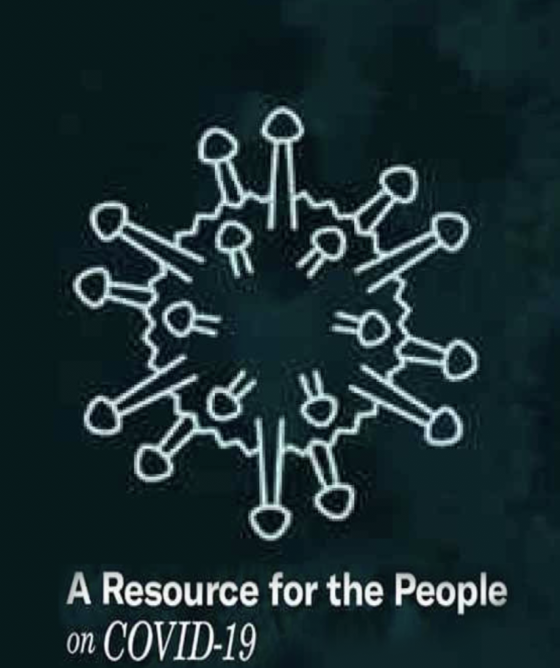* {
box-sizing: border-box;
}
body {
background-color: #474e5d;
font-family: Helvetica, sans-serif;
}
/* The actual timeline (the vertical ruler) */
.timeline {
position: relative;
max-width: 1200px;
margin: 0 auto;
}
/* The actual timeline (the vertical ruler) */
.timeline::after {
content: '';
position: absolute;
width: 6px;
background-color: white;
top: 0;
bottom: 0;
left: 50%;
margin-left: -3px;
}
/* Container around content */
.container {
padding: 10px 40px;
position: relative;
background-color: inherit;
width: 50%;
}
/* The circles on the timeline */
.container::after {
content: '';
position: absolute;
width: 25px;
height: 25px;
right: -17px;
background-color: white;
border: 4px solid #FF9F55;
top: 15px;
border-radius: 50%;
z-index: 1;
}
/* Place the container to the left */
.left {
left: 0;
}
/* Place the container to the right */
.right {
left: 50%;
}
/* Add arrows to the left container (pointing right) */
.left::before {
content: " ";
height: 0;
position: absolute;
top: 22px;
width: 0;
z-index: 1;
right: 30px;
border: medium solid white;
border-width: 10px 0 10px 10px;
border-color: transparent transparent transparent white;
}
/* Add arrows to the right container (pointing left) */
.right::before {
content: " ";
height: 0;
position: absolute;
top: 22px;
width: 0;
z-index: 1;
left: 30px;
border: medium solid white;
border-width: 10px 10px 10px 0;
border-color: transparent white transparent transparent;
}
/* Fix the circle for containers on the right side */
.right::after {
left: -16px;
}
/* The actual content */
.content {
padding: 20px 30px;
background-color: white;
position: relative;
border-radius: 6px;
}
/* Media queries - Responsive timeline on screens less than 600px wide */
@media screen and (max-width: 600px) {
/* Place the timelime to the left */
.timeline::after {
left: 31px;
}
/* Full-width containers */
.container {
width: 100%;
padding-left: 70px;
padding-right: 25px;
}
/* Make sure that all arrows are pointing leftwards */
.container::before {
left: 60px;
border: medium solid white;
border-width: 10px 10px 10px 0;
border-color: transparent white transparent transparent;
}
/* Make sure all circles are at the same spot */
.left::after, .right::after {
left: 15px;
}
/* Make all right containers behave like the left ones */
.right {
left: 0%;
}
}
With more than 60,000 agents, U.S. Customs and Border Protection (CBP), a component of the U.S. Department of Homeland Security (DHS), is the largest federal law enforcement agency in the United States. CBP includes the U.S. Border Patrol, which includes nearly 20,000 agents. CBP officials oversee land ports of entry, while Border Patrol agents patrol between ports. Collectively, these officials are often the first to encounter unaccompanied migrant children. If these officials suspect that the child has entered the United States without legal authorization, they take that child into custody.
Throughout the 1980s and 1990s, advocates documented and litigated the mistreatment of children in U.S. immigration enforcement custody. These battles culminated in a settlement agreement in a lawsuit called Flores v. Reno. Pursuant to that agreement, the U.S. government committed to treating detained migrant children with “dignity, respect and special concern for their particular vulnerability” and to detain them in the least restrictive setting.[1] Through subsequent laws, Congress required that CBP transfer unaccompanied children to the custody of the Office of Refugee Resettlement (ORR)—a non-law enforcement agency—within 72 hours of arrest, absent “exceptional circumstances.”[2] Likewise, DHS is required to safeguard minors’ safety by separating them from adult detainees at all times.[3]
CBP consistently fails to meet its obligations under the Flores settlement and federal law. In 2001, an investigation by the Department of Justice’s Office of Inspector General showed “deficiencies in the handing of juveniles . . . that could have potentially serious consequences for [their] well-being.”[4] In 2007, a federal judge in Texas entered a preliminary injunction after finding it was likely a group of minors could show that CBP’s detention facility was not in compliance with Flores.[5] In 2014, the National Immigrant Justice Center and the ACLU Border Litigation Project documented systemic abuses against 116 unaccompanied minors arrested or detained by CBP.[6]
In response to our FOIA request seeking records related to child abuse or mistreatment in DHS custody, CBP released about 15,700 pages of documents, along with 86 audio files (totaling approximately 1100 minutes) and 7 video files (totaling approximately 70 minutes). These documents include internal agency records recounting limited investigations into alleged child abuse and other CBP misconduct, as well as some supporting evidence compiled by officials in the course of these limited investigations.
These documents contain many stories told directly by children who experienced abuse by CBP officials. Click here for a video interview of a girl who describes how a Border Patrol agent unnecessarily forced her to fully undress upon apprehension. Her story is just one of many episodes, documented in these official government records, of egregious CBP misconduct and abuse of authority.
To view the documents and files obtained in the FOIA request, visit http://bit.ly/foiacbp.
[1] Flores v. Reno, No. cv-85-4544 (C.D. Cal. Jan 17, 1997). [2] 8 U.S.C. § 1232(b)(3). [3] See Homeland Security Act of 2002, Pub. L. No. 107-296 (2002); William Wilberforce Trafficking Victims Protection Reauthorization Act of 2008, Pub. L. No. 110-457 (2008). [4] Office of the Inspector General Report, Report Number No. I-2001-009: Unaccompanied Juveniles in INS Custody (Sept. 28, 2001), https://oig.justice.gov/reports/INS/e0109/chapter1.htm. [5] Bunikyte, ex rel. Bunikiene v. Chertoff, 2007 WL 1074070 (W.D. Tex. 2007). [6] Nat’l Immigrant Just. Ctr. et al., Systemic Abuse of Unaccompanied Immigrant Children by U.S. Customs and Border Protection (June 11, 2014), bit.ly/XqyyOt.
June 6, 2014
Coalition of immigration advocacy groups submits administrative complaint detailing 116 incidents of child abuse DHS oversight agencies, OIG & CRCL
June 12, 2014
OIG announces plans to “thoroughly investigate” the complaints.
October 6, 2014
OIG announces it has closed its investigation.
December 13, 2014
ACLU submits FOIA request regarding child abuse in CBP custody to DHS and CBP.
February 15, 2015
ACLU files lawsuit in federal district court as result of government’s failure to respond to the FOIA request
June 12, 2015
Government agencies begin to produce responsive records
March 31, 2016
The Court orders government to complete production of all responsive records no later than October 31, 2016.
February 2, 2017
Government moves for summary judgment, claiming DHS agencies have fulfilled FOIA obligations.
March 28, 2017
ACLU & Cooley LLP file opposition to the government’s motion and cross motion for summary judgment, alleging that government has not, in fact, complied with FOIA.
August 14, 2017
The Court issues first order on parties’ cross motions for summary judgment.
October 25, 2017
The government moves for reconsideration of the Court’s holding that the government must disclose the names of agents accused of misconduct.
November 1, 2017
The government begins to produce additional records responsive to the ACLU’s FOIA request in accordance with the Court’s August 2017 order.
January 2, 2018
All four DHS sub-agencies declare that production of responsive records is finally complete, just over three years after the ACLU’s initial FOIA request. The production totals over 33,000 pages.
March 22, 2018
The Court denies the government’s motion for reconsideration.
Records received from each DHS sub-agency can be accessed here:
- The Office for Civil Rights & Civil Liberties
- U.S. Customs & Border Protection
- U.S. Immigration & Customs Enforcement
- DHS Office of Inspector General

